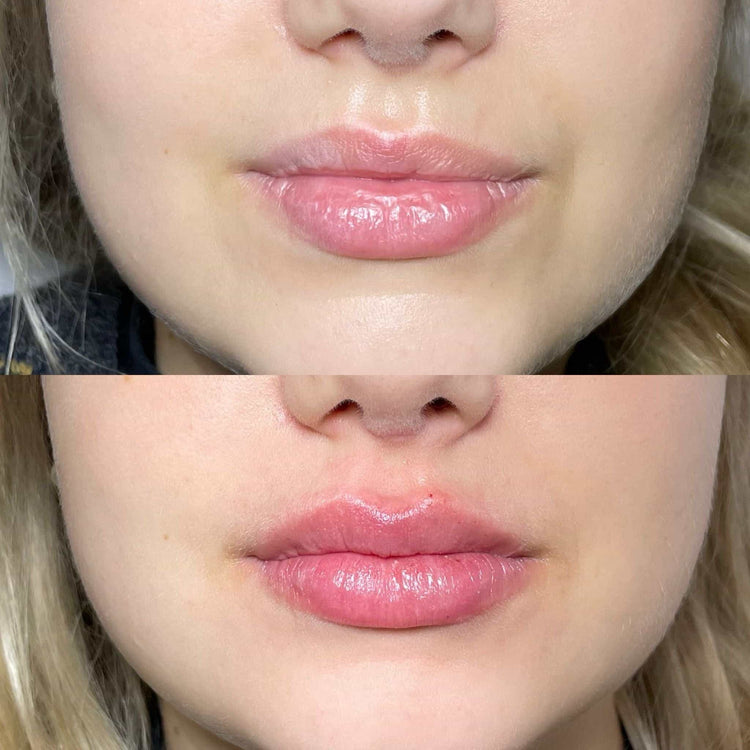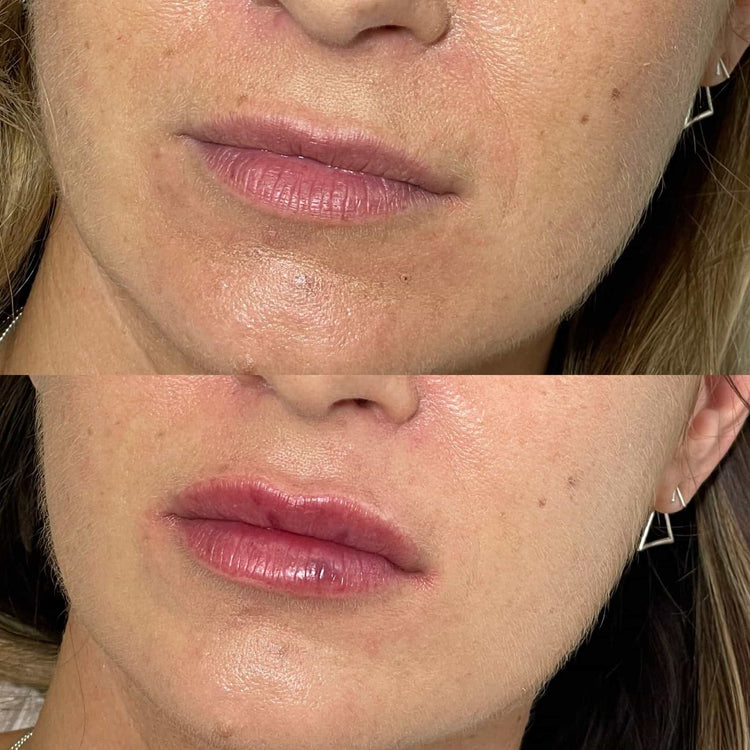How Long Does A Filler Dissolving Treatment Take To Show Results
May 1, 2025
Timeline for Filler Dissolution Results
Understanding the timeline for filler dissolution results is essential for patients considering this procedure. The duration can vary depending on several factors, including the type of filler used, the amount injected, individual metabolism, and the chosen dissolving agent.
Initial Swelling Reduction
Initial swelling reduction typically begins within a few days following the dissolving treatment. You might notice a gradual decrease in puffiness and contour irregularities as early as 24-72 hours post-procedure.
Complete dissolution of the filler, however, can take several weeks or even months. It’s important to remember that this process is gradual and not instantaneous.
Noticeable Softening
The noticeable softening of the treated area typically starts within a few days after the dissolving treatment.

During these first few days, swelling will decrease, and you may observe smoother contours.
Complete dissolution can take several weeks or months to fully occur.
Complete Dissolution
Understanding the timeline for filler dissolution results is essential for patients considering this procedure. The duration can vary depending on several factors, including the type of filler used, the amount injected, individual metabolism, and the chosen dissolving agent.
Initial swelling reduction typically begins within a few days following the dissolving treatment. You might notice a gradual decrease in puffiness and contour irregularities as early as 24-72 hours post-procedure.
- Noticeable softening of the treated area usually starts within a few days after the dissolving treatment.
- During these first few days, swelling will decrease, and you may observe smoother contours.
- Complete dissolution can take several weeks or months to fully occur.
Factors Affecting Dissolution Time
Several factors influence the time it takes for a filler dissolving treatment to show results. The type of filler injected, the amount used, an individual’s unique metabolism, and the specific dissolving agent chosen all play a role in determining the timeline.
Filler Type
Filler type significantly impacts dissolution time. Hyaluronic acid fillers, a common type, typically dissolve faster than poly-L-lactic acid (PLLA) fillers. Hyaluronic acid fillers can be broken down by the body within a few weeks, while PLLA fillers may take several months to fully dissolve.
The amount of filler injected also influences dissolution time. Larger injections will naturally take longer to dissolve compared to smaller ones.
Injection Technique

Several factors influence the time it takes for a filler dissolving treatment to show results. The type of filler injected, the amount used, an individual’s unique metabolism, and the specific dissolving agent chosen all play a role in determining the timeline.
Filler type significantly impacts dissolution time. Hyaluronic acid fillers, a common type, typically dissolve faster than poly-L-lactic acid (PLLA) fillers. Hyaluronic acid fillers can be broken down by the body within a few weeks, while PLLA fillers may take several months to fully dissolve.

The amount of filler injected also influences dissolution time. Larger injections will naturally take longer to dissolve compared to smaller ones.
Individual metabolism plays a role as well. Some people’s bodies process substances faster than others, affecting how quickly the filler breaks down.
Individual Metabolism
Understanding the timeline for filler dissolution results is essential for patients considering this procedure. The duration can vary depending on several factors, including the type of filler used, the amount injected, individual metabolism, and the chosen dissolving agent.
Initial swelling reduction typically begins within a few days following the dissolving treatment. You might notice a gradual decrease in puffiness and contour irregularities as early as 24-72 hours post-procedure.
Complete dissolution of the filler, however, can take several weeks or even months. It’s important to remember that this process is gradual and not instantaneous.
The noticeable softening of the treated area typically starts within a few days after the dissolving treatment.
During these first few days, swelling will decrease, and you may observe smoother contours.
Complete dissolution can take several weeks or months to fully occur.
Several factors influence the time it takes for a filler dissolving treatment to show results. The type of filler injected, the amount used, an individual’s unique metabolism, and the specific dissolving agent chosen all play a role in determining the timeline.
Filler type significantly impacts dissolution time. Hyaluronic acid fillers, a common type, typically dissolve faster than poly-L-lactic acid (PLLA) fillers. Hyaluronic acid fillers can be broken down by the body within a few weeks, while PLLA fillers may take several months to fully dissolve.
The amount of filler injected also influences dissolution time. Larger injections will naturally take longer to dissolve compared to smaller ones.
Individual metabolism plays a role as well. Some people’s bodies process substances faster than others, affecting how quickly the filler breaks down.
Location of Injection
The location of injection can also affect dissolution time. Fillers injected deeper into the tissue may take longer to dissolve compared to those placed superficially.
This is because deeper injections are further from the body’s natural drainage systems, slowing down the process of breakdown and absorption.
- Juvederm Volite Skin Booster Treatments Near Shackleford, Surrey - May 18, 2025
- Non Surgical Butt Lift In Reigate Surrey - May 18, 2025
- Jalupro Super Hydro Skin Booster Treatments Near Ripley, Surrey - May 17, 2025
